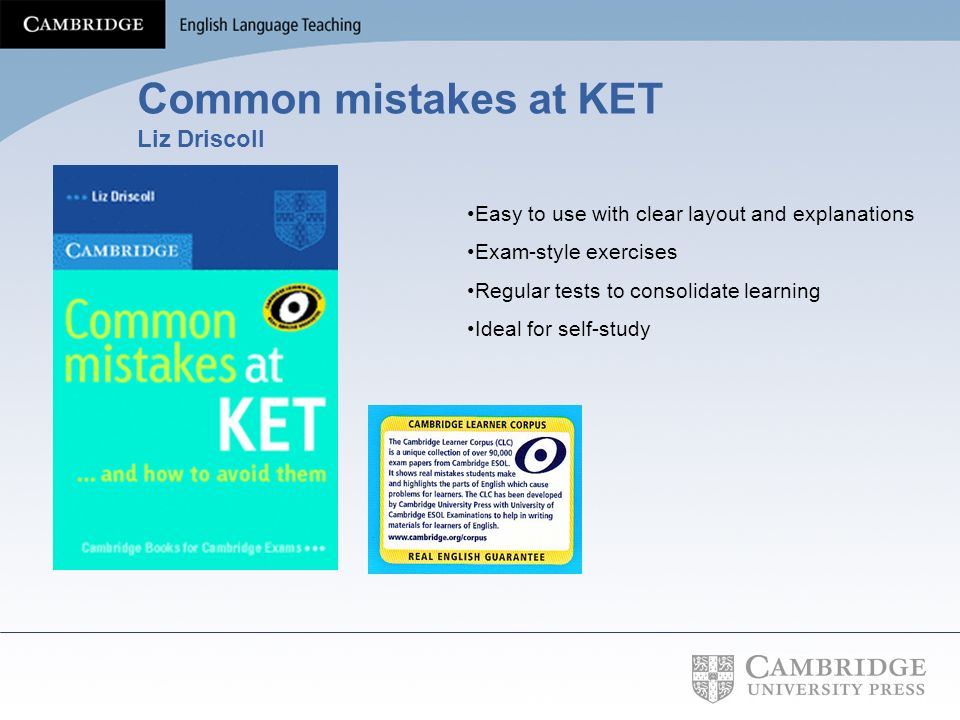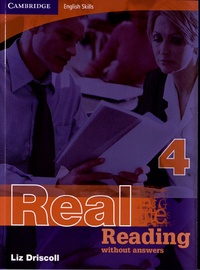
Yet, if an instructor is to maximize the impacts of community engagement, it is helpful to consider several key principles derived from the scholarship on service learning and its experienced practitioners.

There is no one way to do service learning correctly across the diversity of disciplines, course formats, and potential partnerships that are possible. It could involve doing soil testing to better assess toxins, or creating a set of oral histories to preserve and publicize the history of civil rights activism.

For those wanting to make a project central to a course, it might involve students doing larger projects, such as conducting social research on the extent of homelessness in the local area or helping a community create public art in the form of a play about a social problem. These may help students and faculty get acquainted with communities and develop trusting relationships with partners, as well as develop more elaborate service learning projects for future courses. Community projects and partnerships also may be the focal point of multi-course learning communities or an entire disciplinary curriculum when the learning opportunities and community needs are robust and well aligned.įor those just beginning, one might incorporate a service learning project as only part of a course, such as having students conduct needs or assets assessments by interviewing community agencies about their work, the communities they serve, the social problems they attempt to solve, and what could make their work more effective. Teaching This ObjectiveĬommunity engagement can be incorporated into courses in a myriad of ways, from small optional service activities that complement other learning activities within a course, to required time-intensive projects that are the centerpiece of a course plan dedicated more fully to community engagement. Together, these outcomes support a more dynamic public scholarship and civic engagement for higher education one that, not only supports student development, but also the more collaborative civic learning and problem solving necessary to improve our collective capacities for democracy and well-being (3). Of course, when done well community engagement also benefits community partners with improved capacities to research and resolve social problems, and more supportive campus-community relations. Faculty also find greater satisfaction with student learning, new research opportunities and collaborations, not to mention stronger ties to their community. Students achieve greater intellectual development in the form of deeper knowledge of the discipline, problem-solving capacities, critical thinking, and abilities to understand complexity and ambiguity, but also greater personal and social growth through enhanced personal efficacy, moral reasoning, interpersonal skills, intercultural competencies, commitments to social service, and even career development.

The benefits of community engagement are well documented in the scholarship on teaching and learning for students, faculty, and community partners. Or, according to Janet Eyler, it is “a form of experiential education where learning occurs through a cycle of action and reflection as students…seek to achieve real objectives for the community and deeper understanding and skills for themselves” (2, also 3). Service learning, as it is typically called, is pedagogy that weds learning goals and community needs in scholarly service projects that, when done well, enhance both student learning and community development. Teaching students to apply knowledge and skills to benefit others or serve the public good is one exceptionally high impact method to foster these capabilities across the disciplines (1). Our world faces formidable challenges that demand the next generation of college graduates be capable leaders with expansive understandings of public life, honed skills of critical thinking, and the abilities to collaborate with diverse groups to solve problems and create change.


 0 kommentar(er)
0 kommentar(er)
